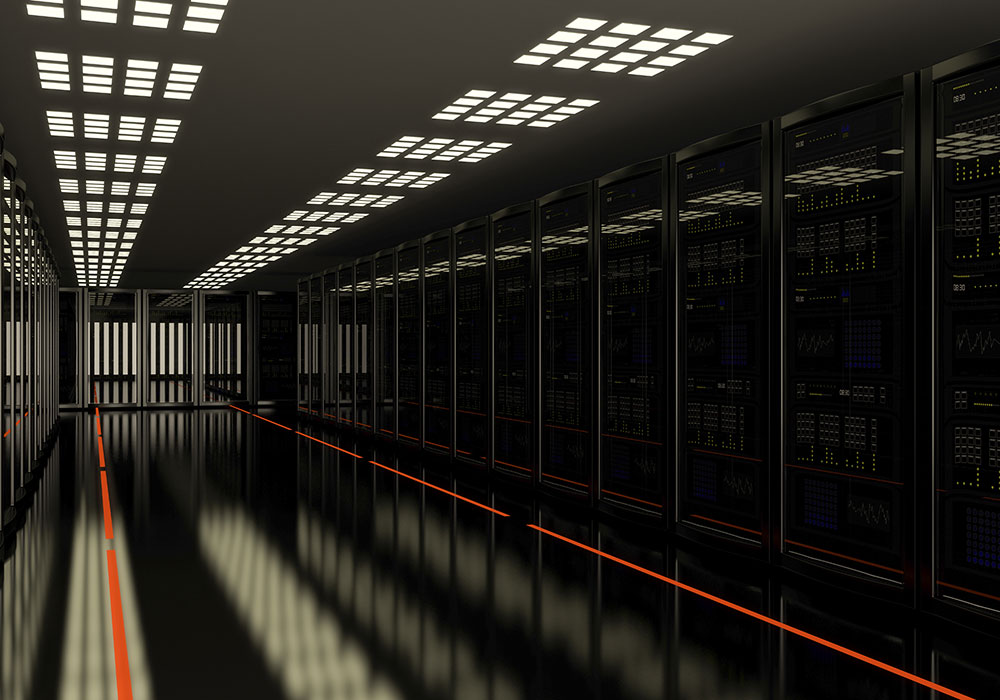Energy efficiency is an issue that concerns all who are involved with the design and operation of data centres. The cooling function in general and the operation of water chillers in particular, are large consumers of power and as such, require focused efforts to improve overall energy efficiency.
Water chillers account for between 60 and 85% of overall cooling-system energy consumption. Consequently, data centres are designed, where possible, to keep usage of chillers to a minimum and to maximise the amount of available ‘free cooling’, in which less power-hungry systems such as air coolers and cooling towers can keep the temperature of the IT space at a satisfactory level.
One approach to reducing water chiller energy consumption is to design the cooling system so that a higher outlet water temperature (CHW) from the chillers can be tolerated while maintaining a sufficient cooling effort. In this way, chillers consume less energy by not having to work as hard and the number of free cooling hours can be increased.
As with any complex system, attention needs to be paid to all parts of the infrastructure, as changes in one area can have direct implications for another. A new whitepaper from Schneider Electric, the global specialist in energy management and automation, examines the effect on overall cooling system efficiency by operating at higher chilled water temperatures.
The whitepaper outlines the various strategies and techniques that can be deployed to permit satisfactory cooling at higher temperatures, whilst discussing the trade-offs that must be considered at each stage, comparing the overall effect of such strategies on two data centres operating in vastly different climates.
Click below to share this article

